
Saturated with centuries of history, the city has proved to be a fertile ground for creepy folklore. Some legends turned out to be so well known that, sometimes, on tourist websites and in the blogs of St. Petersburg guides, one can find detailed details of “mystical” events, right down to made-up dates and surnames.
According to legend, strange things began to happen during the construction of the canal. Workers refused to work, referring to the fact that this place was "not good". Despite the difficulties of construction, the canal was opened for navigation in 1833 and, in 1913, the first terrible event allegedly occurred – a dismembered male body was found in the canal. It later turned out that the deceased had been killed by his own wife.
Ten years later, in 1923, some slabs with ancient writings were allegedly discovered near the canal and, under them, human remains. After the gruesome discovery, the canal became a place of attraction for suicides. Those who were lucky enough to survive claimed that they were persuaded to throw themselves into the water by “voices”, while some were simply pushed into the water. Hundreds of victims have been attributed to the canal.
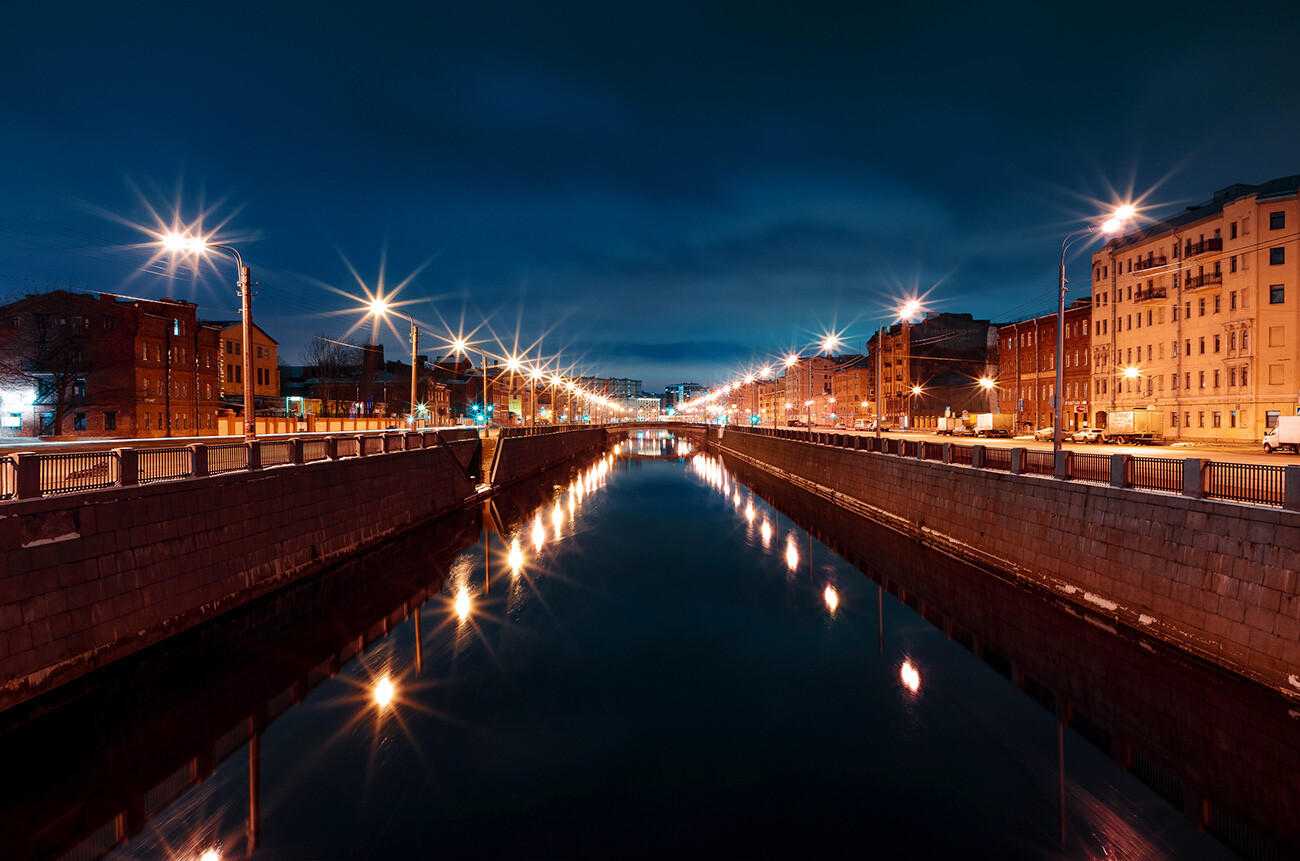
The Obvodny Canal.
Legion MediaIn March 1801, Emperor Paul I was assassinated by his own trustees. It happened in the Mikhailovsky Castle and legend has it that Paul's ghost still lives there and his silhouette with a candle in hand can be seen in the windows of the second floor of the castle. Some wardens claimed to have seen the emperor with their own eyes.
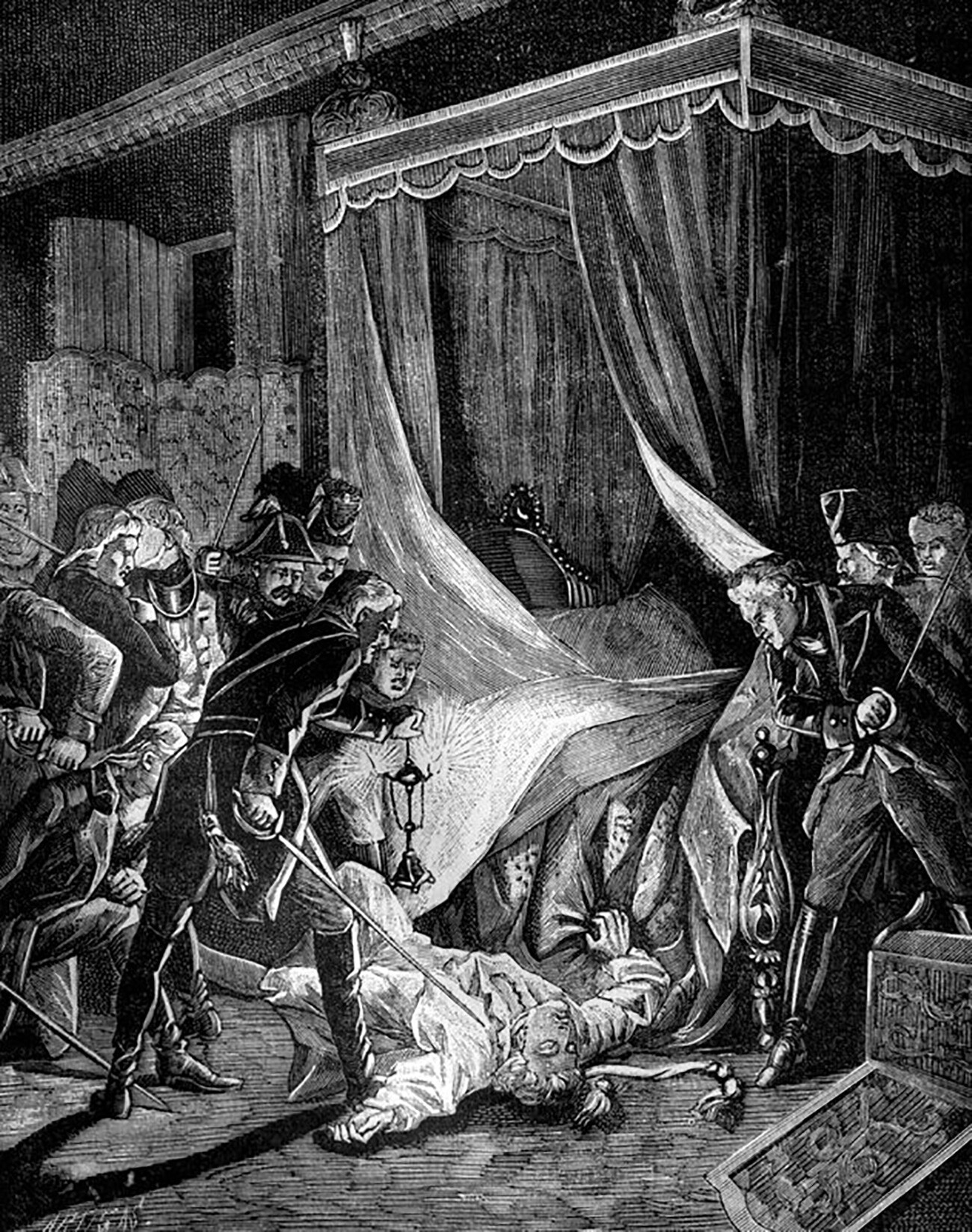
French engraving, the assassination of Paul I.
Public DomainInterestingly, Paul himself allegedly claimed to have met the ghost of his great-grandfather, Peter the Great, during his lifetime. This is the story he told at dinner at the home of Countess Henrietta Louise von Oberkirch: Walking through the streets of St. Petersburg, he met a stranger who warned him of his imminent demise. Only when they were saying goodbye did Paul recognize the late emperor. At the place where he, according to Paul, vanished, Catherine the Great allegedly ordered the construction of the ‘Bronze Horseman’. Later, Paul admitted that he was only joking when he told the story. And there is another legend connected with the monument itself – they say that, at night, it comes to life and Peter the Great rides on his horse through the city. This tale was known back in Pushkin's day – in the poet’s work ‘The Bronze Horseman’, the sculpture chases the main character, Eugene.

The 'Bronze Horseman'.
Legion MediaAt 57a Gorokhovaya Street, there is a house that does not impress with its architecture, but is famous for its mystical legends. If you place a hexagon on a map of St. Petersburg, the house will supposedly be located at the intersection of its diagonals, which explains its demonic properties.
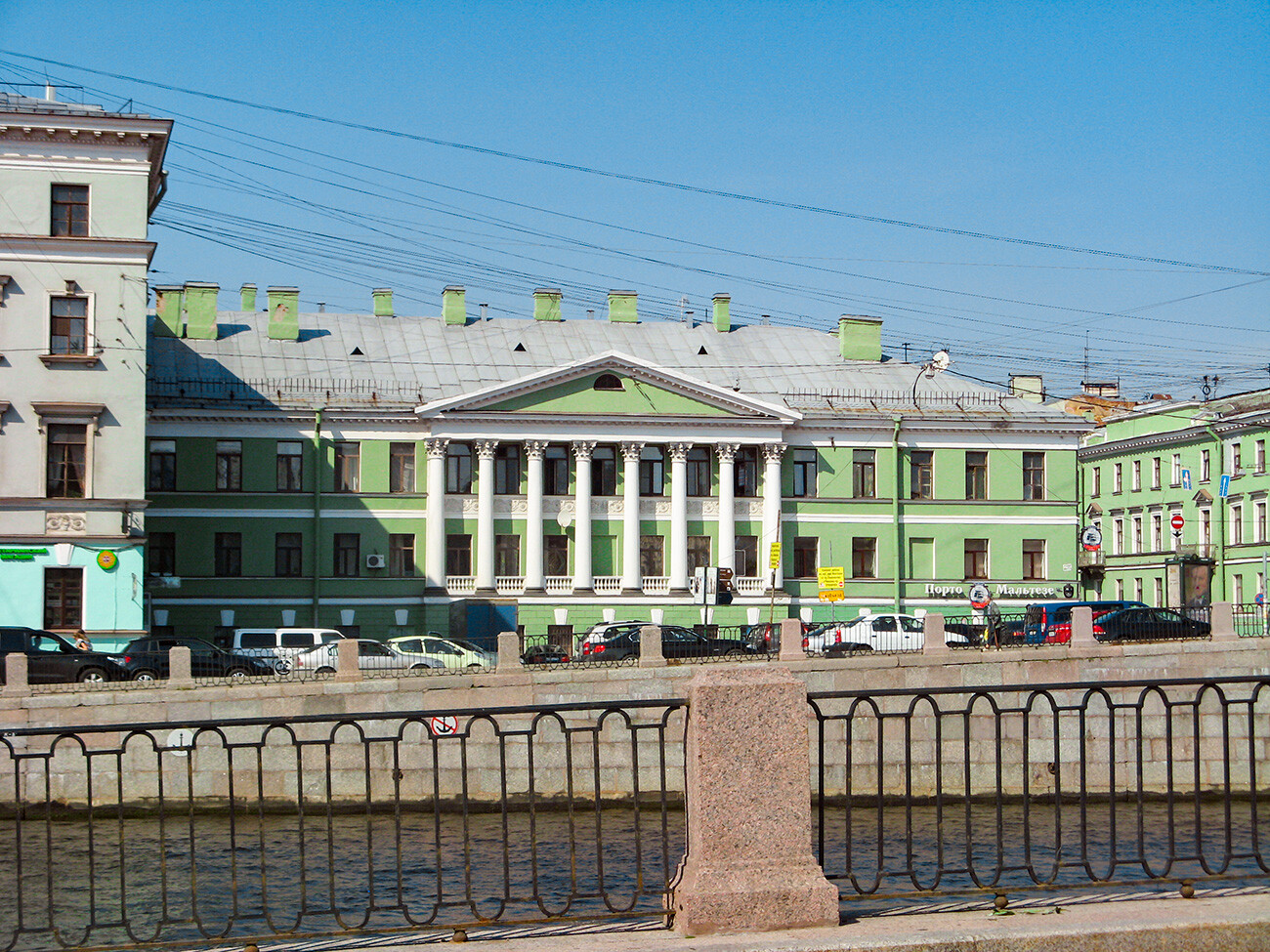
Mansion of Yakovlevs (Evmentev).
Ekaterina Borisova (CC BY-SA 4.0)Inside the house, there is a rotunda with six columns enveloped by two staircases. One staircase reaches to the third floor, while the second staircase leads to a floor that has no apartments. From this strange staircase, one can supposedly see the 7th column existing in another dimension. According to another version, the exit to the “other world” is hidden in the basement of the building. Once, a young man dared to go there and, 15 minutes later, he came back having aged into an old man. And you can’t go there at midnight – you risk meeting Satan, who descends to the earthly world through one of the staircases.
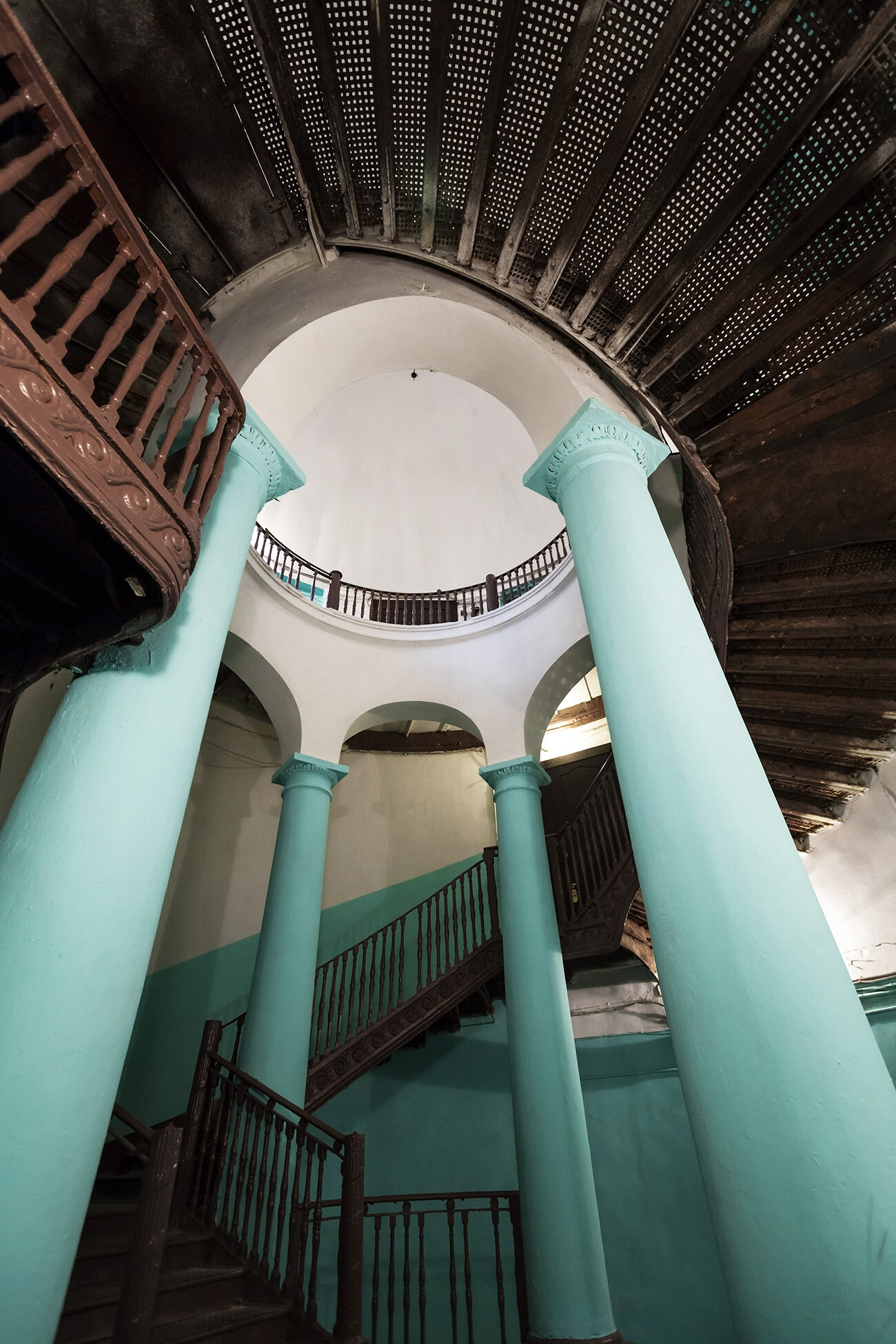
Another legend says that wishes made in the rotunda come true. Here's what someone on TripAdvisor wrote: “…The acoustics are amazing. When someone barely whispers on any of the floors, you can hear every word clearly on the other floor! Yes, I made a wish. And it came true six months later, when I was back in St. Petersburg…”
In the 19th century, merchant Brusnitsyn built a mansion on Vasilievsky Island and, while furnishing the rooms, he ordered a magnificent mirror from Italy for the dance hall. Legend has it that this mirror once hung in Dracula’s tomb.
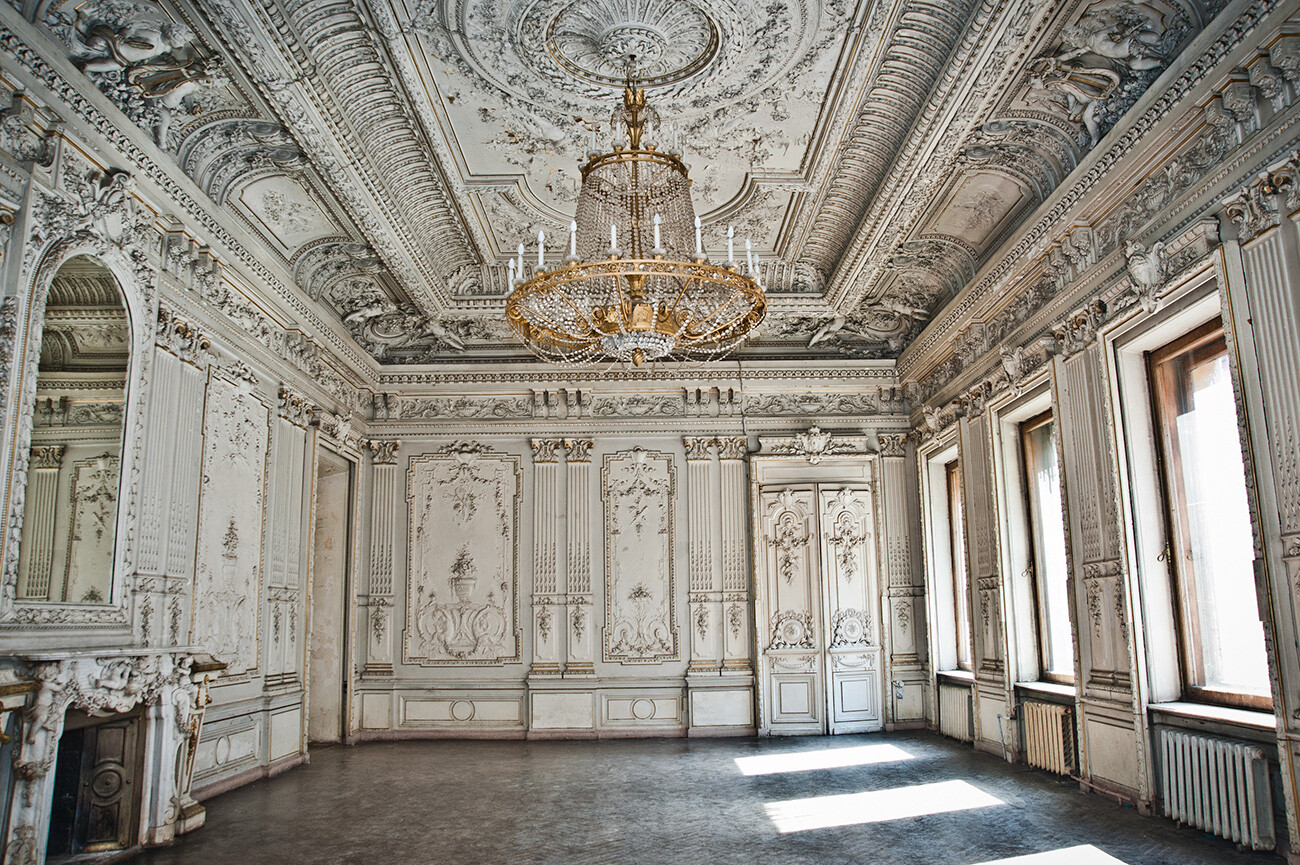
Interior of the old abandoned Brusnitsyn mansion on the Leather line of Vasilievsky island.
Legion MediaAfter a while, the Brusnitsyns noticed a pattern – something happened to everyone who looked in the mirror. The most fortunate simply became ill, but some became victims of accidents. The last tragedy was the death of the merchant's granddaughter and the mirror was removed. It is unknown where the mirror is now.
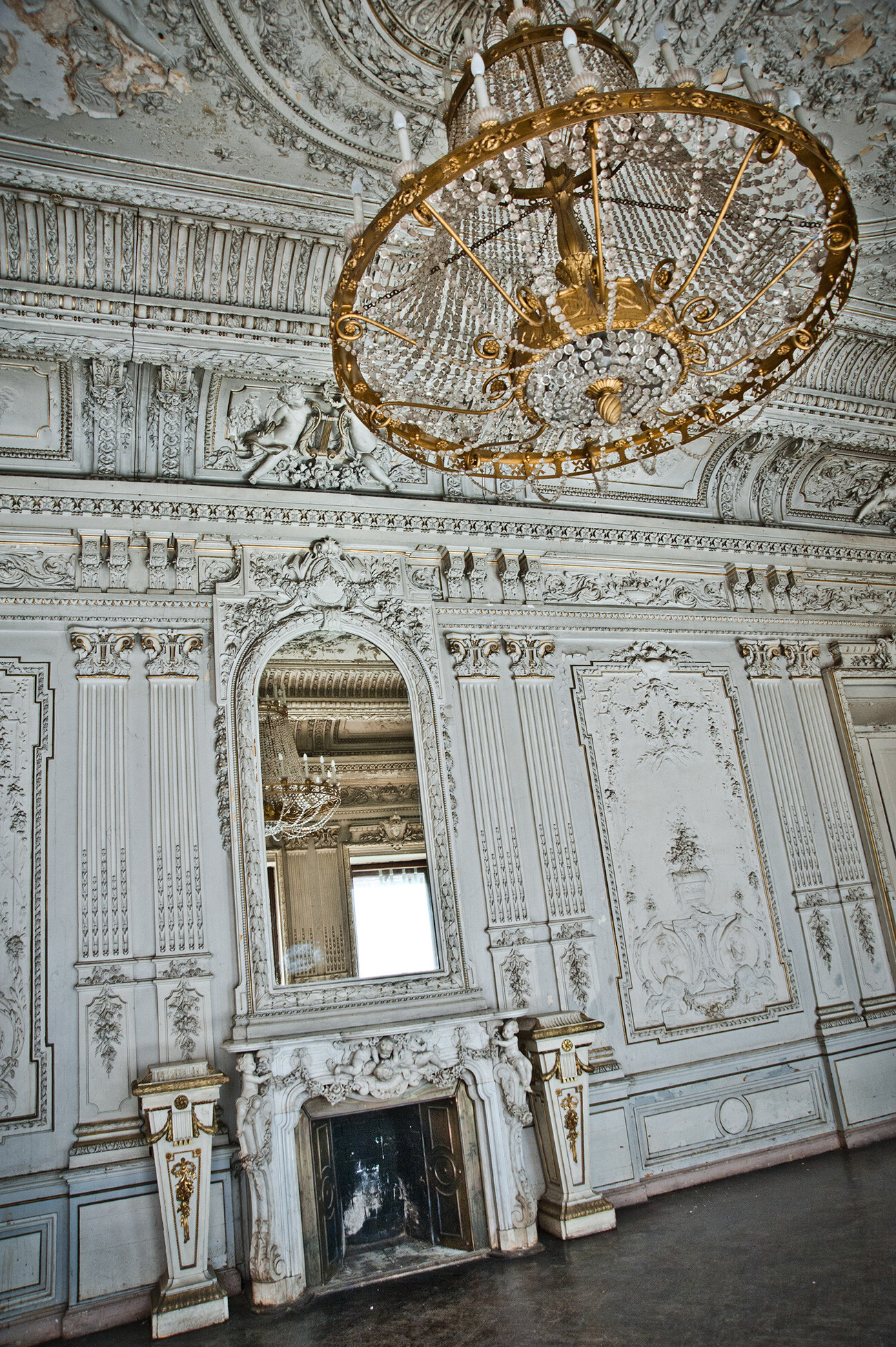
Interior of the old abandoned Brusnitsyn mansion on the Leather line of Vasilievsky island.
Legion MediaRevolutionary Sofia Perovskaya was a member of the ‘Narodnaya Volya’ terrorist organization. It was this organization that, in 1881, committed a terrorist attack that resulted in the assassination of Emperor Alexander II. When the emperor was traveling by carriage along his usual route, terrorist Nikolai Rysakov threw a bomb under the wheels, but missed. The emperor survived – however, upon leaving the carriage to tend to the wounded, another participant by the name of Ignaty Grinevitsky threw another bomb right in front of the emperor. That same day, Alexander II died of his wounds. All of the terrorists were caught and sentenced to execution by hanging.
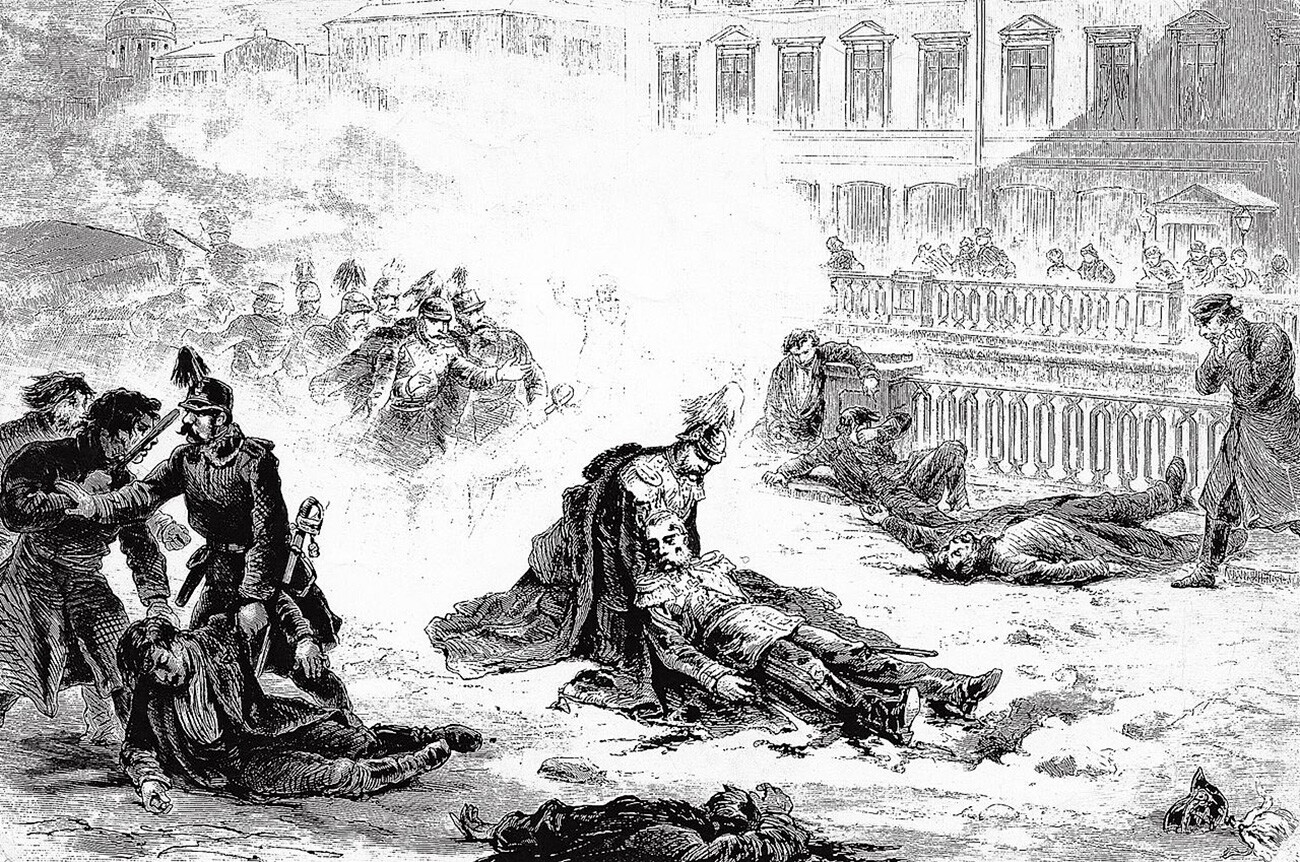
The terrorist attack on Alexander II.
Public domainSophia’s task during the operation was to give conditional signs – waving a white handkerchief. Legend has it that Sophia's ghost can be seen on the night of the first of March on the bridge near the Church of the Savior on the Blood. And, if a passerby is unlucky enough to witness the girl waving her handkerchief, they will fall into the canal and die. So, beware!
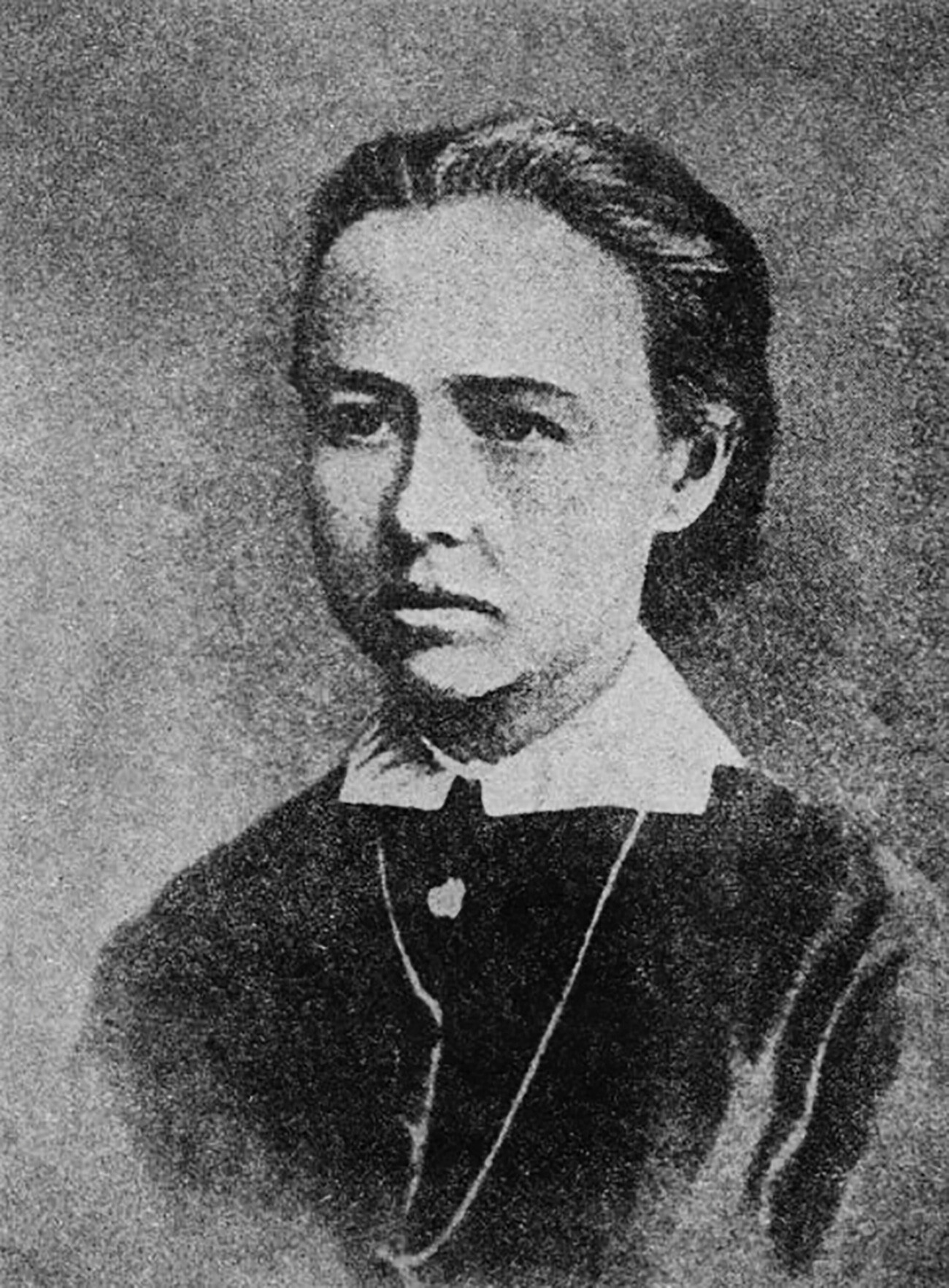
Sophia Perovskaya.
Public domainDear readers,
Our website and social media accounts are under threat of being restricted or banned, due to the current circumstances. So, to keep up with our latest content, simply do the following:
If using any of Russia Beyond's content, partly or in full, always provide an active hyperlink to the original material.
Subscribe
to our newsletter!
Get the week's best stories straight to your inbox